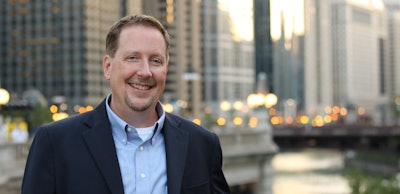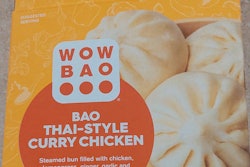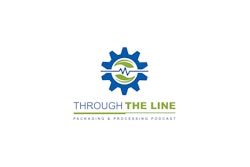
Nearly every day, it seems, we turn around to find more news about the continued spread of highly pathogenic avian influenza (HPAI). The latest round of the virus has been raging among poultry populations since 2022, and the results for many poultry and egg producers has been devastating. The only choice is to cull the chickens and turkeys that are infected, and millions upon millions have had to be depopulated over the past couple of years.
The poultry industry certainly isn’t out of the woods yet, with millions more egg-laying hens culled as a result of avian flu just in the past month—facilities temporarily closed and workers laid off.
The rampant spread of the virus is a different situation for the U.S. dairy industry, however. Since March, when dairy cows first tested positive for HPAI in Texas and Kansas, the spread has continued to state after state, farm after farm. A week after the U.S. Department of Agriculture (USDA) confirmed the outbreak in dairy cattle, a person with exposure to infected cattle tested positive for the virus as well. And then another person.
 | Federal Government Pledges Close to $200M to Stop Spread of Avian Flu |
The cases among cows and humans are not the devastating outcome that the poultry industry faces. Both cows and people have seen relatively mild symptoms and can be treated for a full recovery. What the dairy industry faces is an image problem—especially as it pertains to food safety.
With each new release of cases, federal health officials reiterate the safety of the nation’s milk supply, and also the safety to the general public. Systems are in place to keep milk or beef from infected cattle out of the food supply. And pasteurization has been shown time and time again to make both milk and eggs perfectly safe for consumption.
But consumers still feeling the effects of the spread of COVID-19 are not likely to be so easily assured about the spread of this virus and how little it might affect them and their safety. The dairy industry will likely need to do more.


















